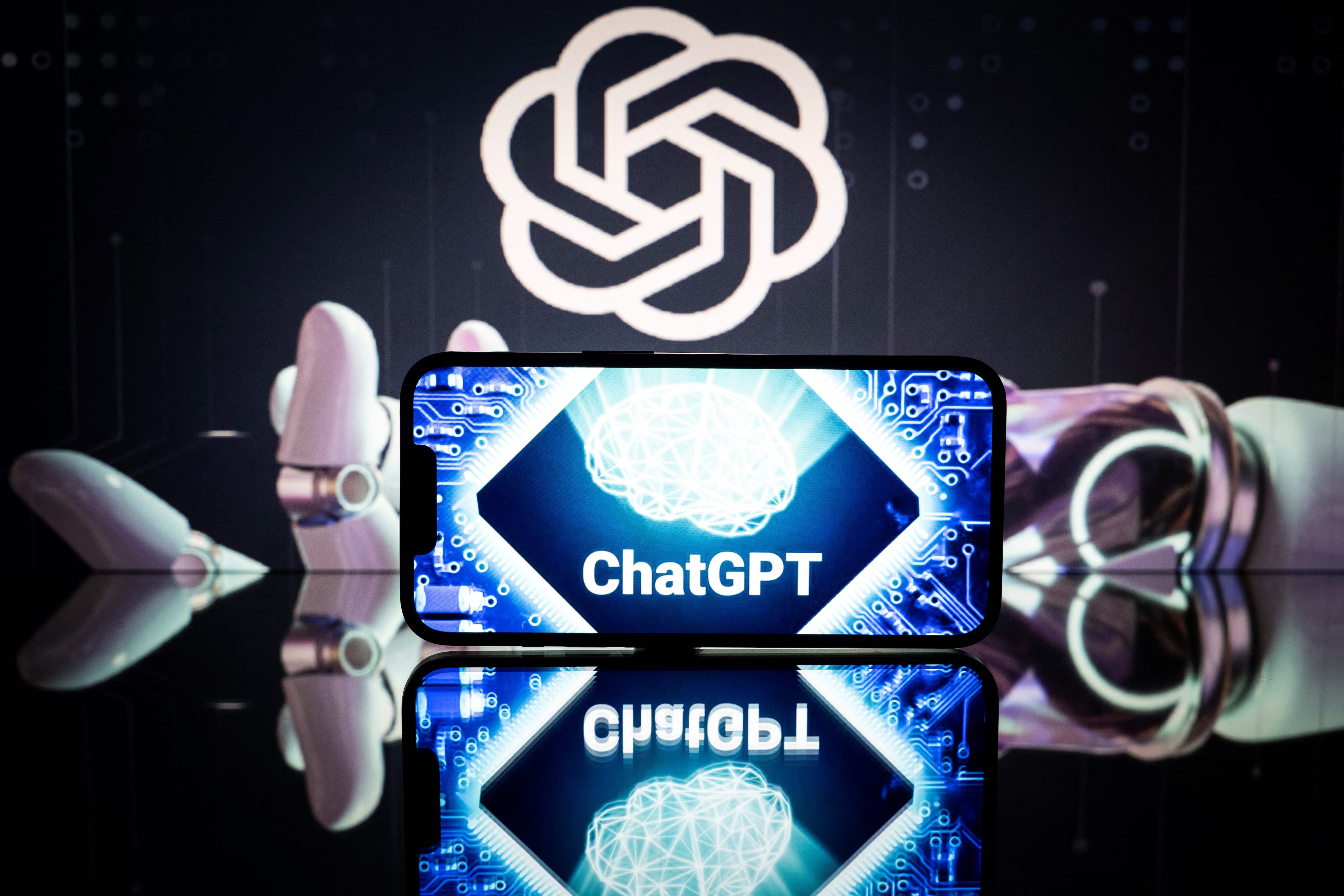As private sector companies and academia shoot for the moon when it comes to exploring the potential of artificial intelligence, in the federal government, discussions are more down to earth.
The heights to which AI technology has ventured is both awesome and scary, panelists discussed at a conference last month hosted by the Advanced Technology Academic Research Center, which focuses on technology and government. Take recent headlines about ChatGPT, Microsoft’s uncanny chatbot, and Stanford’s “Woebot” robo-therapists, for example. In the government, AI is a nascent novelty, though agencies and the military say they already see use cases within reach.
RELATED

“What I’m most excited about is not necessarily the sexiest AI technologies ... things that are showing up in science magazines,” said Greg Singleton, chief artificial intelligence officer at the U.S. Department of Health and Human Services. “What I’m really excited about for the department is seeing where we can apply these technologies to the general business that we do.”
That might mean holding off on the self-driving cars and robot secretaries for now and using AI instead to pick the low-hanging fruit of automating burdensome tasks that have grown for agencies while their workforces have not.
HHS employs 80,000 people and saw a nearly 30% increase in Medicaid/CHIP enrollment right before the pandemic.
“Our workforce is dedicated, they want to do a good job, but you have challenges when people are overloaded by processes, overloaded by volume, overloaded by batch transactional communications,” Singleton said at the ATARC conference.
The department has identified dozens of scenarios that could benefit from AI, including an automatic tool for finding chemical names in biomedical literature, a virtual assistant for finding grants, and a bot to ensure disability accommodations follow an employee who is being reassigned or promoted.
There are other agencies facing similar problems of growing workloads and deficits in manpower. The Social Security Administration’s workforce is at a 25-year low while the number of Americans receiving benefits has grown 20% since 2010. At the Federal Deposit Insurance Corporation, 38% of its workforce will be able to retire by 2027.
These examples present opportunities for AI to render simple, clerical tasks more efficient through existing technology that is relatively quick and easy to scale, panelists said.
Failure is not an option
In October, President Joe Biden signed a bill that would require a government-led AI training program for its acquisition workforce that would be regularly updated. The government is also buying AI technology experimentally with the focus on research-based deals as opposed to hardware or software contracts, which is more mindful of risk, according to analysis by the Brookings Institute.
“The federal government is not a Silicon Valley start-up; it does not look kindly on failure, no matter the potential future payoff,” wrote Corin Stone, a former Office of the Director of National Intelligence senior official, in an article for Just Security. “The government is understandably hesitant to take risk, especially when it comes to national security activities and taxpayer dollars.
Panelists noted that appetites for AI can differ across agencies, as do budgets and resources. Congress has said that regardless, the government overall needs to play catch up on AI, with Sen. Joe Manchin saying it would be “disastrous” if the U.S. failed to be ready for China and Russia’s scaling up of cyber warfare in a hearing last year.
“It’s not just about rudimentary tasks,” said Bonnie Evangelista, who works in the Office of the Chief Digital and Artificial Intelligence Officer at the U.S. Department of Defense. “Even from a government perspective, I think there are some of us who are trying to go big and go bold, but it can be hard from a workforce perspective. It’s hard to scale because of culture.”
AI may also draw concerns from those who have misgivings about its ethical use and from union representatives who may want to fully understand repercussions for the workforce, including any possible reduction of work hours.
RELATED

Research suggests that AI can “outperform workers in an increasing set of complex tasks mainly done by educated workers,” though technology has also been recognized as a source of new kinds of jobs, a report for the White House’s Council of Economic Advisers found. Panelists said AI has the potential to free up employee’s workloads so they can devote time to creative or innovative projects and “upskill,” or get up to speed on new tech.
Evangelista also said agencies are building out new teams and positions devoted to exploring AI. Last April, the Department of Defense hired Craig Martell to lead the Chief Digital and Artificial Intelligence Office, which was created just two months earlier.
Meikle Paschal, a program manager for robotic process automation at the U.S. Department of Homeland Security, said the easiest way to standardize a process is to automate it, and solving problems that way is an alternative to hiring more people to transcribe or paper push.
“This is like a generational gift that we’re going to give to the people who come after us in the workforce,” he said. “And if we hold back at this point because we’re scared to make a mistake, then the next three or four generations are going to be behind the ball.”
Molly Weisner is a staff reporter for Federal Times where she covers labor, policy and contracting pertaining to the government workforce. She made previous stops at USA Today and McClatchy as a digital producer, and worked at The New York Times as a copy editor. Molly majored in journalism at the University of North Carolina at Chapel Hill.





